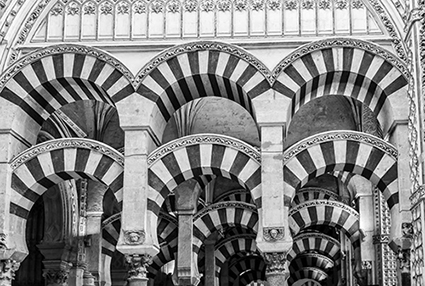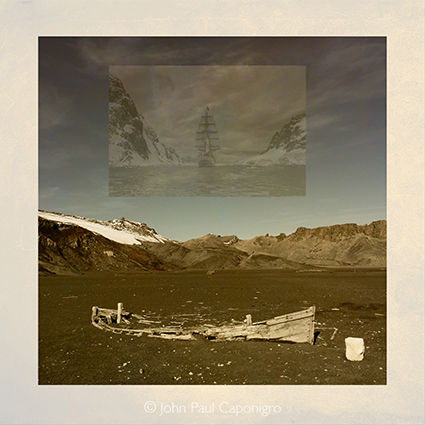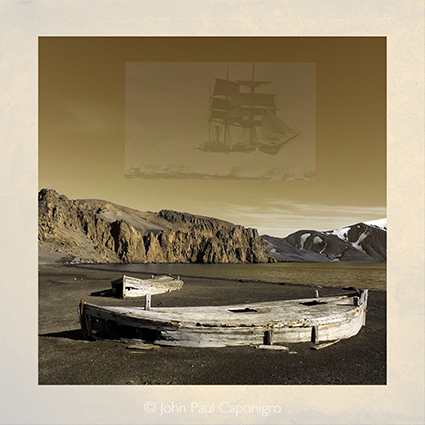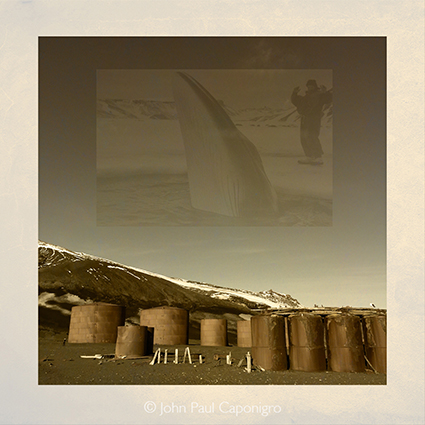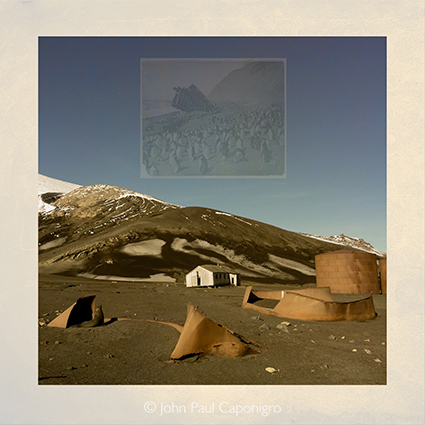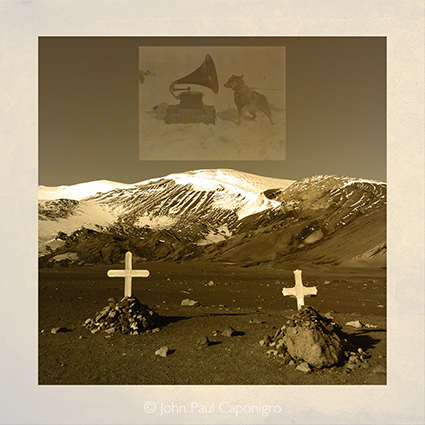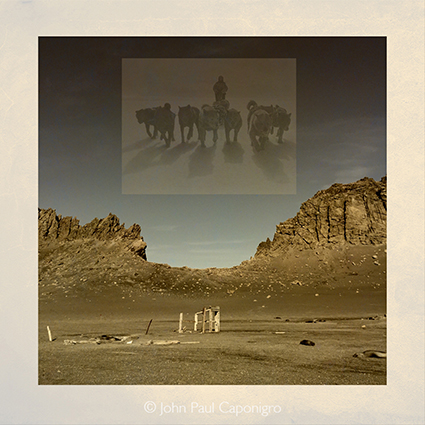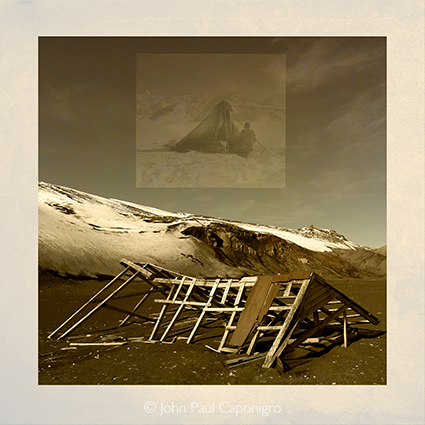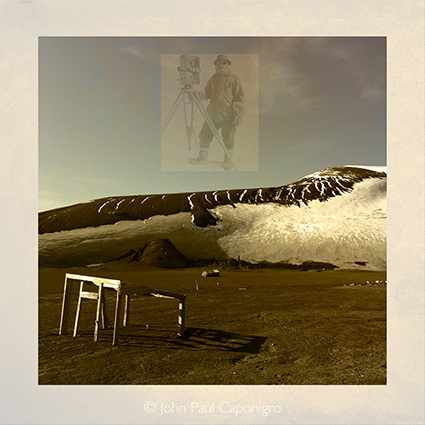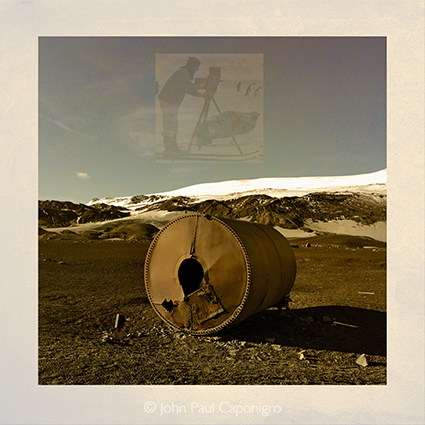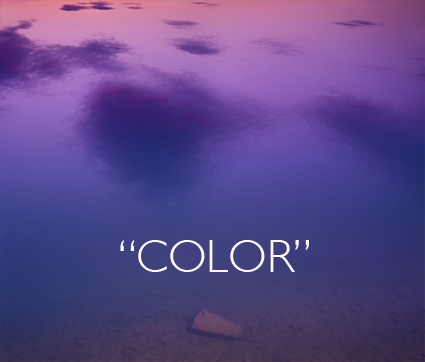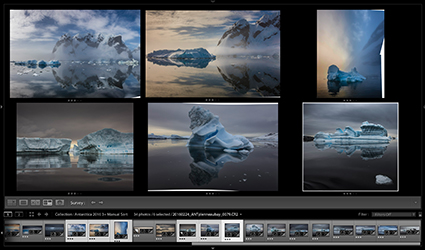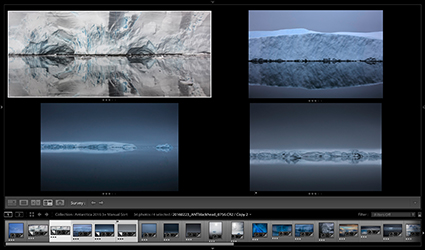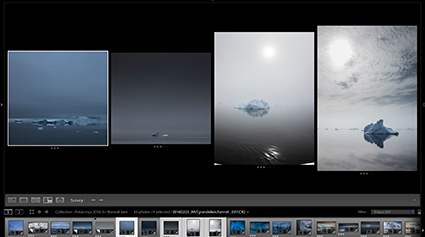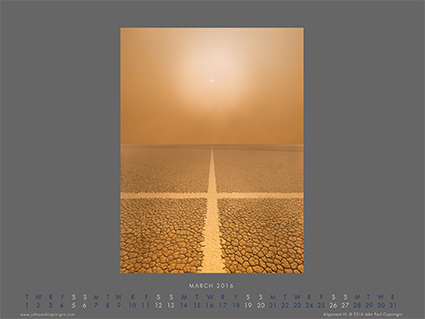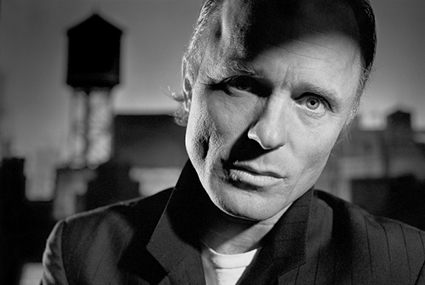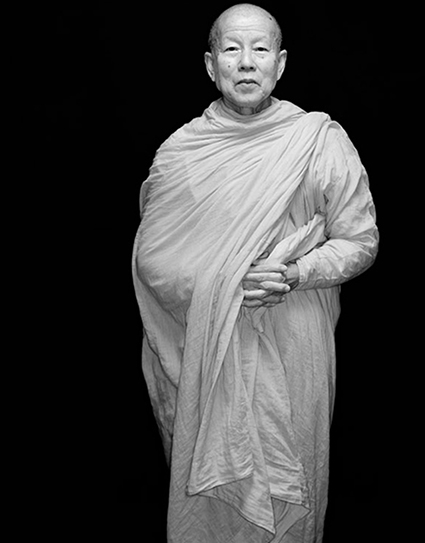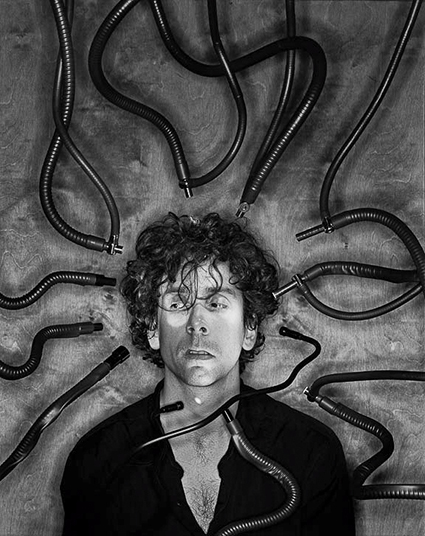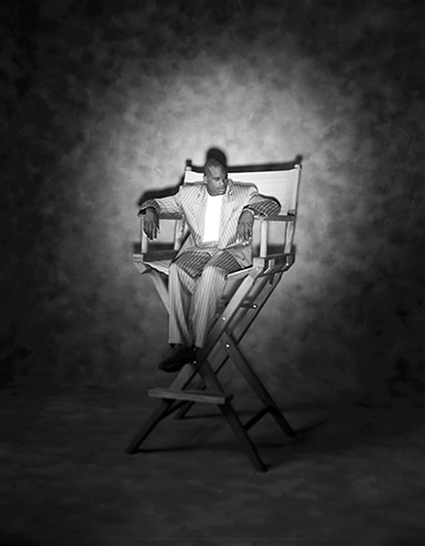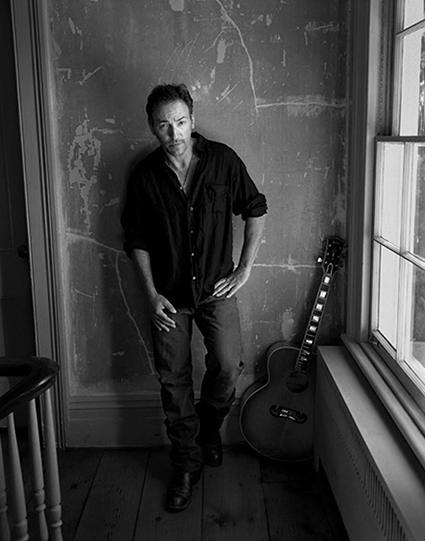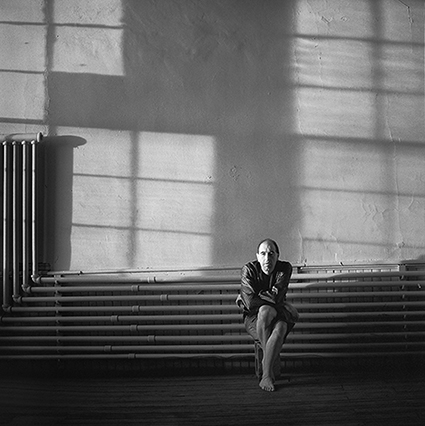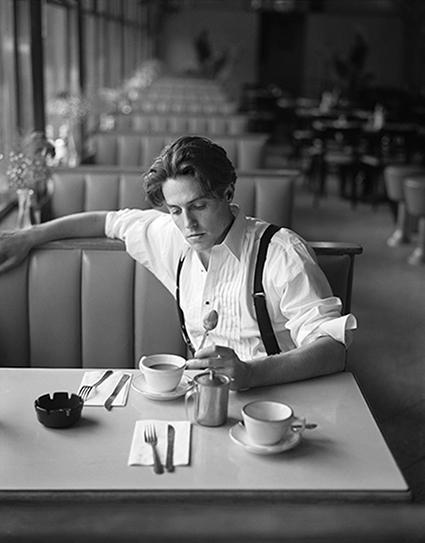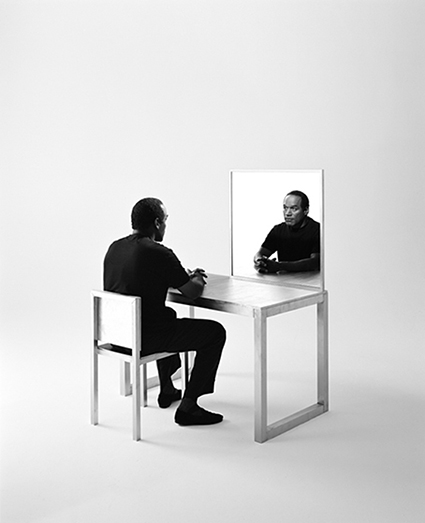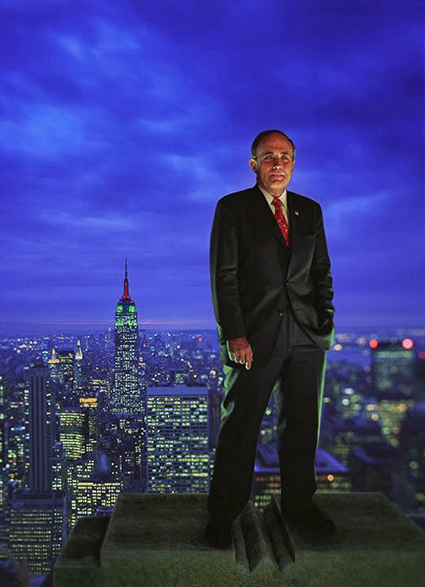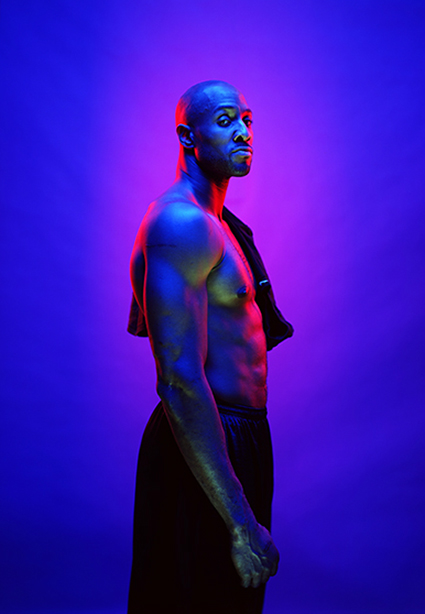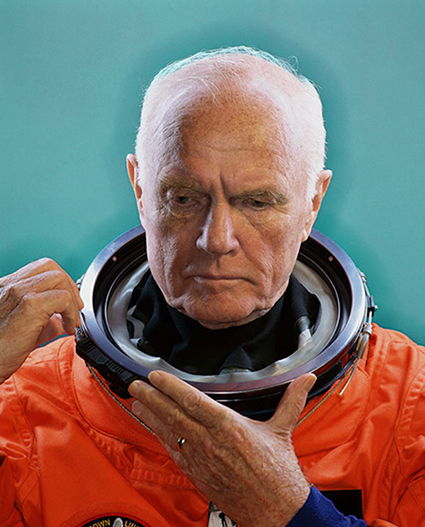12 Great Quotes By Photographer Sean Kernan
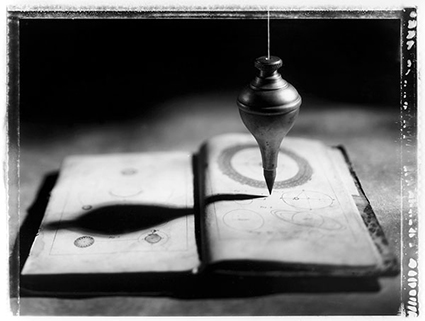
Enjoy this collection of quotes by photographer Sean Kernan.
“I’ve always envied painters who could layer up impressions and observations and give a larger sense of a person. It’s as though a painter accumulates a series of transparent faces that add up to a person. The photographer always gets stuck with whatever he can tease out of a sixtieth of a second, and if he does well he can print the exposure that has implications and resonances.” – Sean Kernan
“The benefits of chance are enormous, but you have to watch out for them too. Chance gets me beyond whatever I had in mind when I started to work. It comes into play when I let things happen and then chase alongside them and grasp them on the fly. But the artist is responsible to what chance gives him, and just setting it down without taking it in and manifesting it again in the heuristic process is not enough.” – Sean Kernan
“What is revealed to me lies beyond any ideas I had for the pictures.” – Sean Kernan
“I’m inclining toward the idea that the working process of art is a lot more thoughtless than I once imagined – thoughtless but not stupid. Somehow the pictures that work out just the way I wanted them to are the ones I lose interest in soonest. The expectation has become the limit. And I think that the way to take something beyond your own expectations is to leave what you see unnamed and beyond concept for as long as you can. I want to work as far beyond what I know as I can get, and the gate to that beyond lies exactly between seeing and naming.” – Sean Kernan
“You want to float in that space of awareness as long as you can, keeping all possibilities alive so they can become clearer, then you pull down one that is BOTH unexpected and makes perfect sense.” – Sean Kernan
“The process is in the elimination of conceptions and cleansing the mind, then in claiming the awareness and manifesting it in a work.” – Sean Kernan
“You can see it in a great actors work – look at De Niro, or Streep, or Arkin. They can just stare into the air and you’ll sit and watch them, watch their intensity. And I realized that some of the best photographers I know have that same kind of intensity. It shows in their work. Their intense staring generates its own power, and we respond by staring with them.” – Sean Kernan
“I have a real appreciation these days for work that abrades me into awareness.” – Sean Kernan
“What happens when two things that don’t go together at all suddenly do? You wake up! You stop describing and interpreting the world to yourself, and just for a moment you listen. You can’t explain what you see based on what you already know, so you have to look further and wider. You have to expand. It’s the kind of startle response that I think lies at the very center of how art can change peoples minds. It happens when something suddenly interrupts the flow of our thoughts and we tip over into a kind of silent hyperawareness. It is that state of awareness that I have come to think of as the state of creativity, where new dimensions and insights arise. If a photographer is in that state and manages to make a picture, people who see it can participate in that deeper awareness too. This kind of event is where I think art gets its power.” – Sean Kernan
“The first question I tell students to ask in the first critique of a class is not is the work good, but is it alive?” – Sean Kernan
“I think that if there’s a kind of art that I’d like to make it would be art that is beyond comment.” – Sean Kernan
“You give the viewer or reader some pieces of the puzzle so he can assemble the thing himself, in his own experience, in his own time. It lets him invent the piece inside for himself. When that happens, you’ve passed along, not the words or pictures or even ideas, but the state that Robert Henri talks about. If getting in the state is one great reason for doing art, then passing it to others closes the circuit and lets the power surge beyond our small minds. It’s a way of approaching the divine – one of the few ways left to us.” – Sean Kernan
Read more in our conversation here.
Find out more about Sean Kernan here.
View 12 Great Photographs Collections here.
Read more in The Essential Collection Of Photographers’ Quotes.
View more in The Essential Collection Of Photographers Videos.


